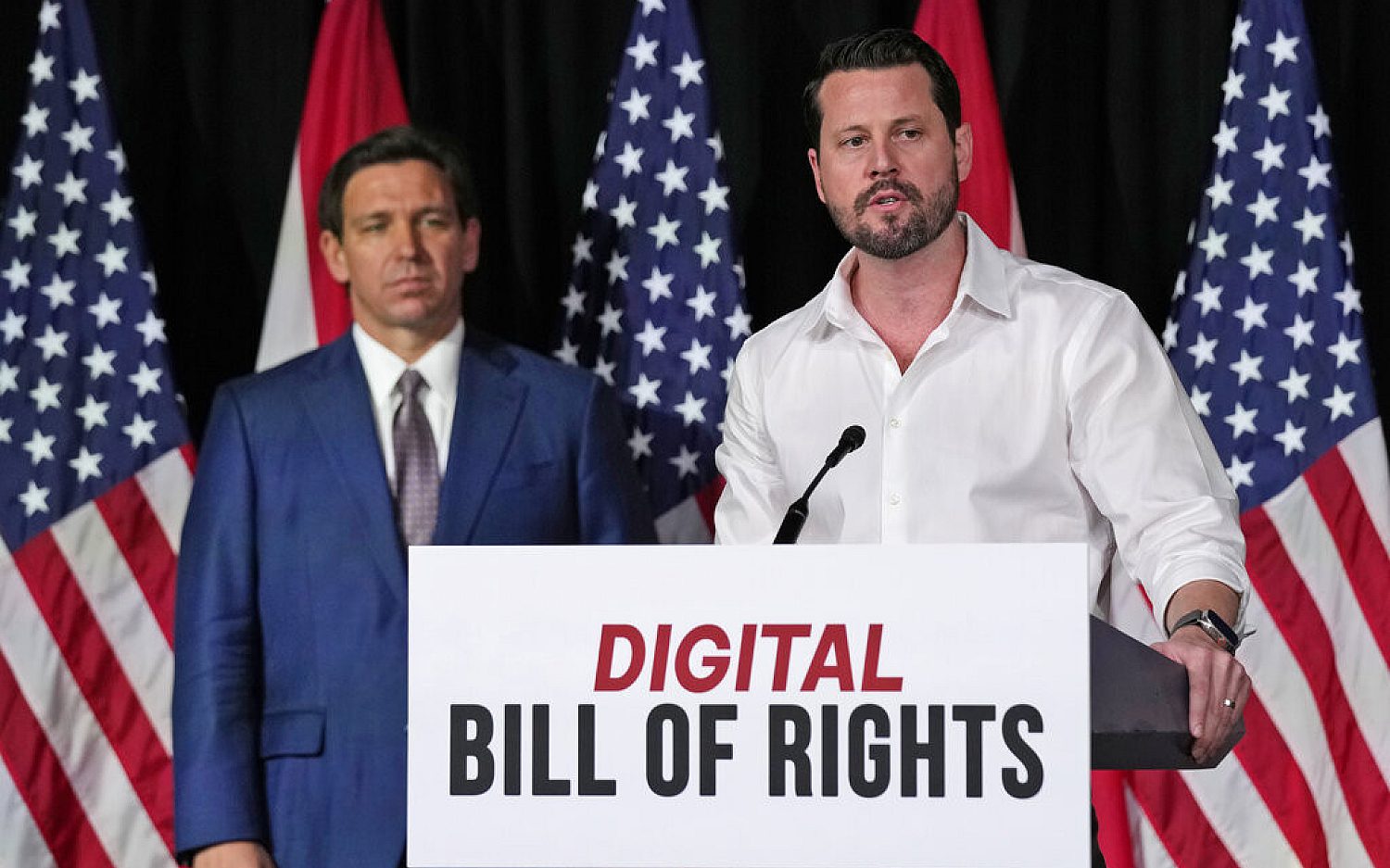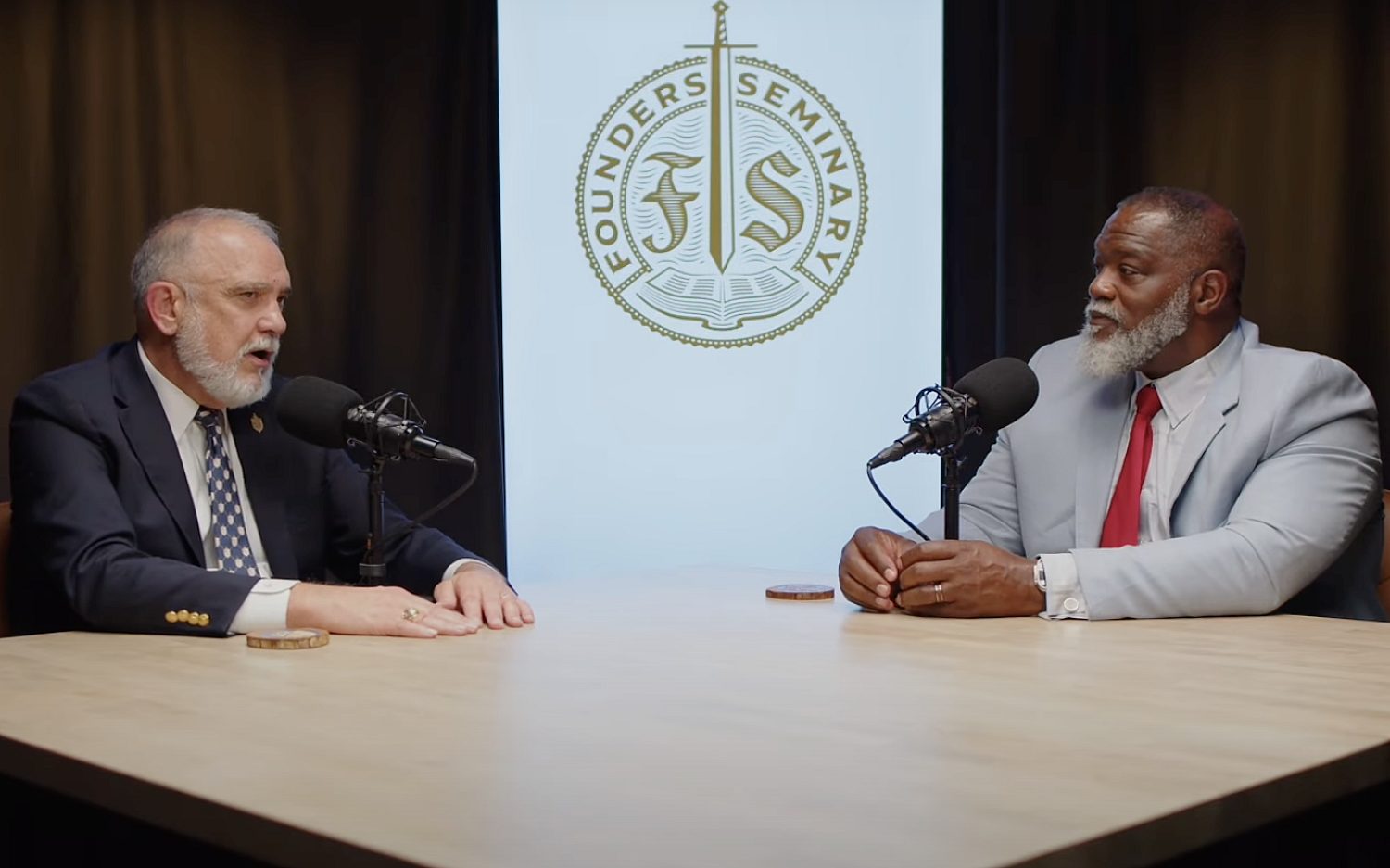Chicago tries to take the danger out of walking to school
In 2009, 16-year-old Derrion Albert was on his way home from school in Chicago when he was caught in a brawl and beaten to death. A cell phone video of the incident went viral and brought national attention to the violence surrounding Chicago’s schools. Last year, concern that school closings would force students to walk through unsafe neighborhoods prompted Chicago to expand its Safe Passage program and pay more adults to watch the streets as students traveled to and from school. After a year of improved student safety and attendance, the city is adding 40 new routes and 700 more workers to the Safe Passage program.
“As we kick-off a new school year, all students should be focused on their studies—not on their safety—as they walk to and from school,” Illinois Governor Pat Quinn said. At the end of August, Quinn pledged $10 million to help expand the Safe Passage program, and Chicago Mayor Rahm Emanuel designated $1 million to the program about a month earlier. School started on Tuesday, and as the city hires more Safe Passage workers in the coming weeks, a total of 1,900 community members in neon vests will patrol streets surrounding schools at the start and end of the school day.
Emanuel made the controversial decision to close about 50 of Chicago’s public schools last school year. Many residents said the closings could endanger students forced to travel across gang boundaries and through unsafe neighborhoods to get to class. “These actions unnecessarily expose our students to gang violence, turf wars, and peer-to-peer conflict,” said Karen Lewis, president of Chicago’s teachers union, in a 2013 news conference. “Some of our students have been seriously injured as a result of school closings.”
To keep students safe as they switched schools, Chicago added 52 new routes to the Safe Passage program and nearly doubled the number of workers.
Bishop Larry Trotter of the Sweet Holy Spirit Church in Chicago worried the school closings would expose students to more violence but said, “It didn’t happen, to the glory of God.”
In fact, the 2013-2014 school year was the safest for students since Chicago Public Schools (CPS) started tracking student safety in 2007. The number of student homicide victims fell to 24 from 36 the year before. The CPS Safe Passage website credits the program with a “20 percent decline in criminal incidents around Safe Passage schools” and a “7 percent increase in attendance” over the course of two years for high schools with a Safe Passage program.
But Safe Passage only patrols the streets for five hours a day. A 15-year-old girl was beaten and raped in December near a Safe Passage route when she left for school before guards were on duty.
In addition to Safe Passage, Chicago is funding other safety programs such as Safe Haven, a partnership between the public schools and Chicago’s faith community that provides students a safe place during summer, winter, and spring break, as well as after school. Churches in the program are a haven “for students and parents during critical high violence periods in the city,” according to the CPS website. An August press release said part of the governor’s recent $10 million funding will go towards expanding Safe Haven after-school programs.
“We are keeping our kids safe, secure, and supervised with more of our kids in a church or a community center, instead of outside unsupervised,” Emanuel said in April.“The expansion of the Safe Haven program is part of our larger strategy to ensure our students can focus on their studies and not their safety.”
The Associated Press contributed to this report.
An actual newsletter worth subscribing to instead of just a collection of links. —Adam
Sign up to receive The Sift email newsletter each weekday morning for the latest headlines from WORLD’s breaking news team.




Please wait while we load the latest comments...
Comments
Please register, subscribe, or log in to comment on this article.